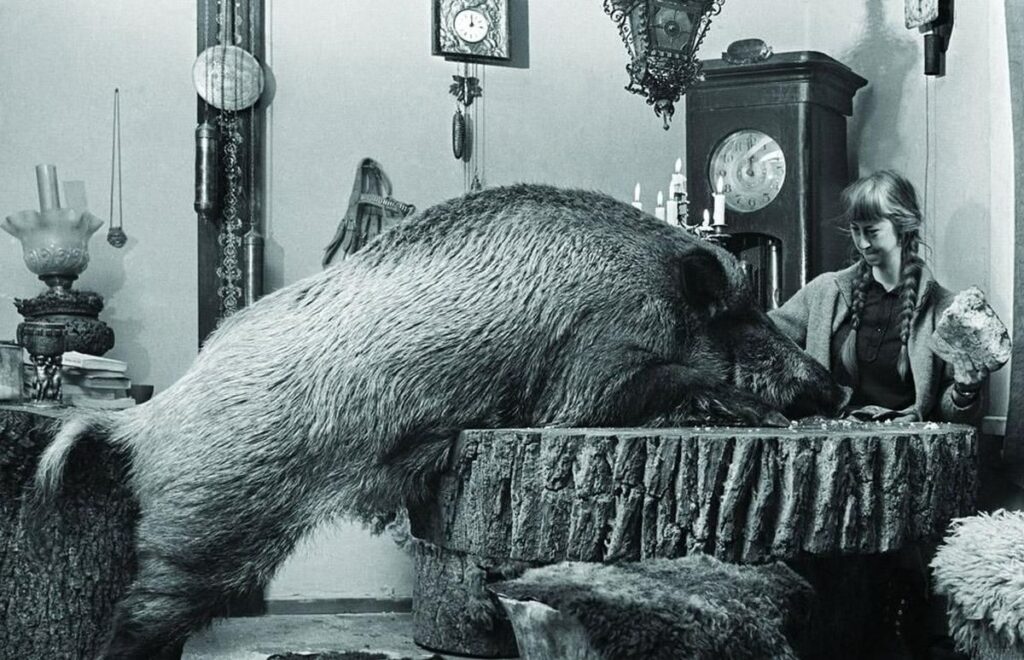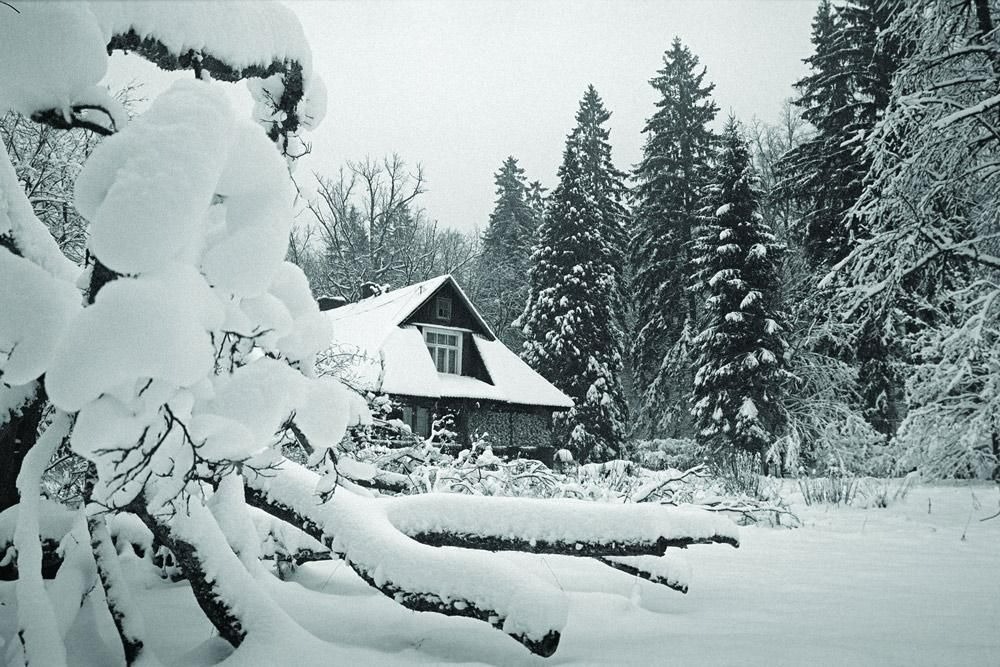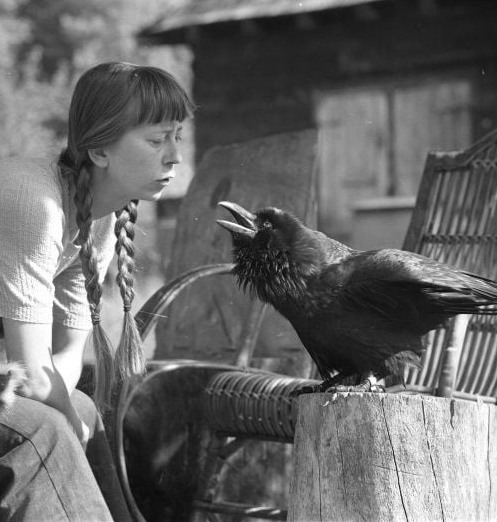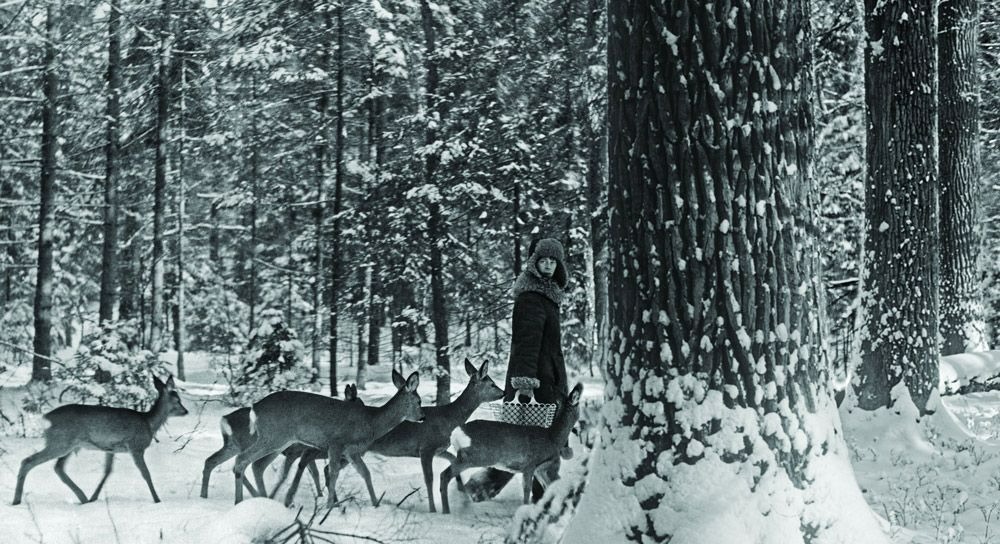
Deep within the emerald embrace of the Białowieża Forest, on the border of Poland and Belarus, resided a woman who defied convention. Simona Kossak, some called her a witch, others a fairy tale come to life, or simply eccentric. But to the wild denizens of this ancient woodland, she was kin, a protector, a friend.

Simona hailed from a celebrated lineage of Polish painters, a legacy seemingly destined to be her own. Yet, the call of the wild resonated far louder. For over three decades, a rustic wooden hut named Dziedzinka, nestled amidst the towering oaks, became her sanctuary. Here, amidst the whispering leaves and dappled sunlight, she embraced a life stripped of electricity and running water – a simplicity that resonated with the rhythm of the forest.

Dziedzinka wasn’t just a dwelling; it was a haven for the creatures Simona held dear. There was Korasek, the boisterous crow, a terror to human visitors with a penchant for pilfering valuables and causing chaos. Yet, to Simona, he was a beloved companion. A female boar, a testament to their extraordinary bond, shared the living space. And most remarkable of all, a tamed lynx, a creature of the wild, found solace curled up beside Simona on her bed.

The tales of her rapport with the forest dwellers are legendary. Stanisław Myśliński, forever marked by Korasek’s audacity, recounts the crow’s reign of mischief: stealing paychecks, shredding permits, and launching fearless attacks on unsuspecting cyclists. Bożena Wajda shares a story of Korasek intervening in a bureaucratic mishap, tearing up a fine with his mighty beak, leaving the hapless official utterly disarmed.

These creatures weren’t simply pets; they were family. Deer birthed their young on her doorstep, orphaned moose calves found a nurturing haven in her care. Simona, a self-proclaimed “zoologist Mother Teresa,” embodied compassion for all creatures great and small.

The Białowieża Forest pulsed with life, and Simona became its fierce protector. In 1993, a battle erupted when researchers sought to capture endangered wolves and lynx for radio-tracking using cruel leg-hold traps. Simona, resolute in her defense, confiscated the illegal devices, refusing to be a party to such barbaric methods. She stood firm, even in the face of legal challenges, her unwavering belief in protecting the forest burning bright.

This unwavering commitment extended beyond the scientific community. Hunting, a tradition deeply ingrained in her family’s history, found no favor with Simona. The well-being of the forest’s inhabitants mattered far more than any aristocratic custom.

For decades, Simona sounded the alarm – logging, hunting, the creeping threat of climate change, all cast a dark shadow over the ancient wilderness she cherished. Tragically, her worst fears have come to pass. Since her passing in 2007, the very essence of Białowieża has been under siege. Widespread logging, fueled by profit more than ecological concerns, has ravaged the landscape. While protests from environmental groups have temporarily halted the destruction, the future remains uncertain.

Simona’s legacy – the forest and its wild inhabitants – hangs in the balance. The “witch,” the “fairy,” the woman who transcended the human-animal divide, foresaw this crisis. Perhaps now, her spirit walks with the very creatures she championed, sharing their silent grief as their ancient paradise unravels.

Leave a Reply